ADVERTISEMENT

Table of Contents
Introduction to Ways to Live More Sustainably
Everyday our decisions have an effect on the ecosystem, climate and other species. By making conscious choices in diet and family planning to lessen our environmental impact and create space for wildlife and vegetation to flourish. While our acts may be significant in themselves, they cannot reach their goals alone – please share this page to inspire others or take a look at our action alerts for opportunities to lobby for policy change!
1. Drive less, drive green
Transportation emissions release greenhouse gases, smog and soot into the environment – contributing significantly to carbon footprint reduction. Adjusting driving habits could significantly decrease carbon emission levels. Use walking, bicycling, carpooling, public transit and bike sharing whenever feasible to reduce travel times. Consolidate errands into one journey whenever possible to reduce journeys further. Promote or initiate car-free days in your community! Encourage local authorities to allocate resources toward electric vehicle fleets and charging infrastructure, when purchasing a new car consider investing in an electric one. Regular maintenance such as tune-ups and tire inflations is vital to keeping your car in tiptop condition; performing tune-ups may even improve fuel efficiency by up to 10% as an underinflated tire can increase its fuel use by 10%!
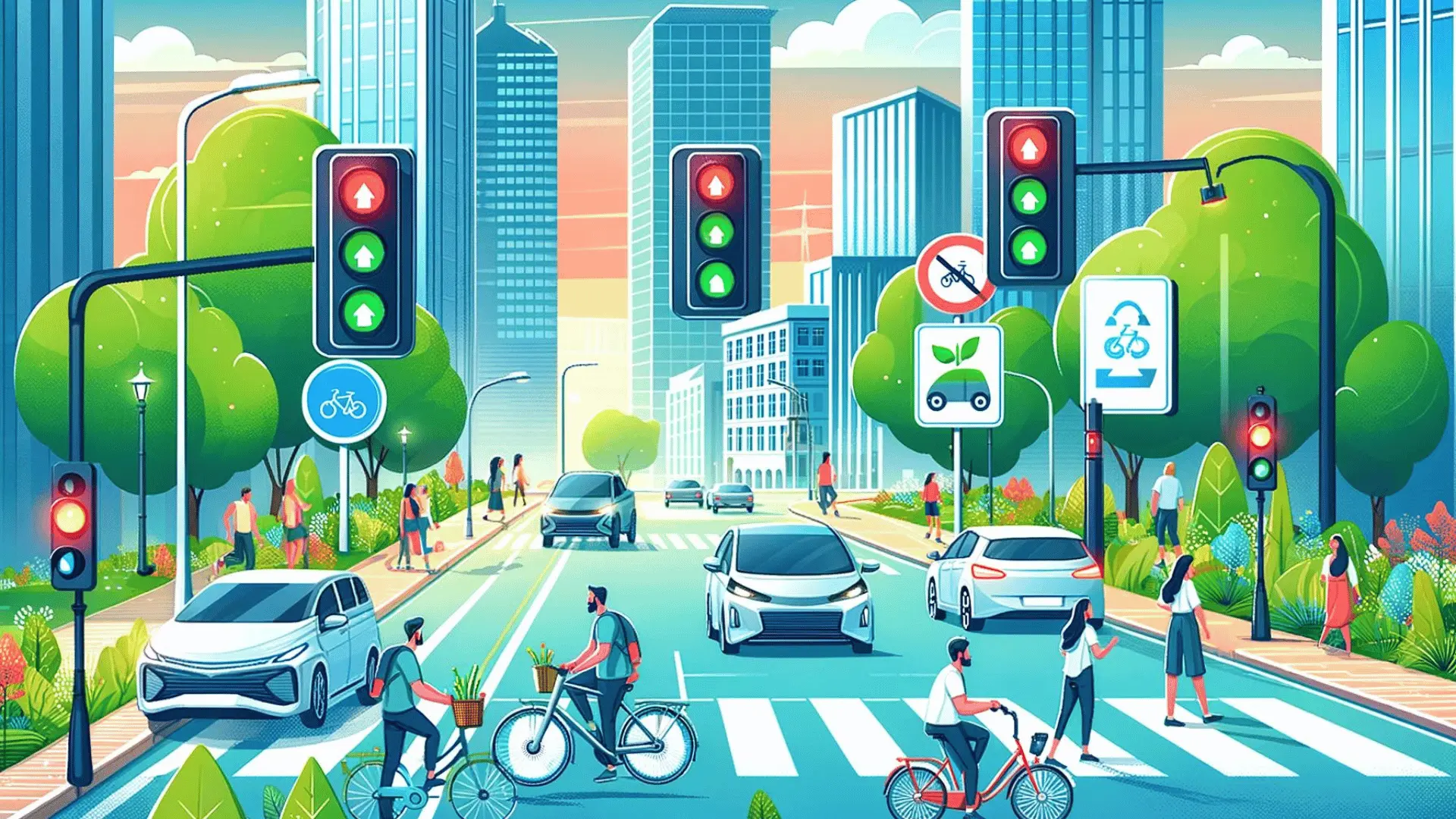
ADVERTISEMENT
2. Avoid Single-Use Plastics
One simple way to live more sustainably is to avoid single-use plastics altogether. According to EarthDay.org, over 335 million metric tons of plastic is manufactured annually with half intended for single use before being sent directly into landfills or oceans without decomposing over time. Consider investing in reusable products like water bottles, coffee mugs, beeswax food wraps, canvas shopping bags and dining utensils as alternatives that reduce plastic use while saving money in the long run; one reusable water bottle could potentially save 1 500 plastic water bottles per year or $3,000 over 1 year alone!
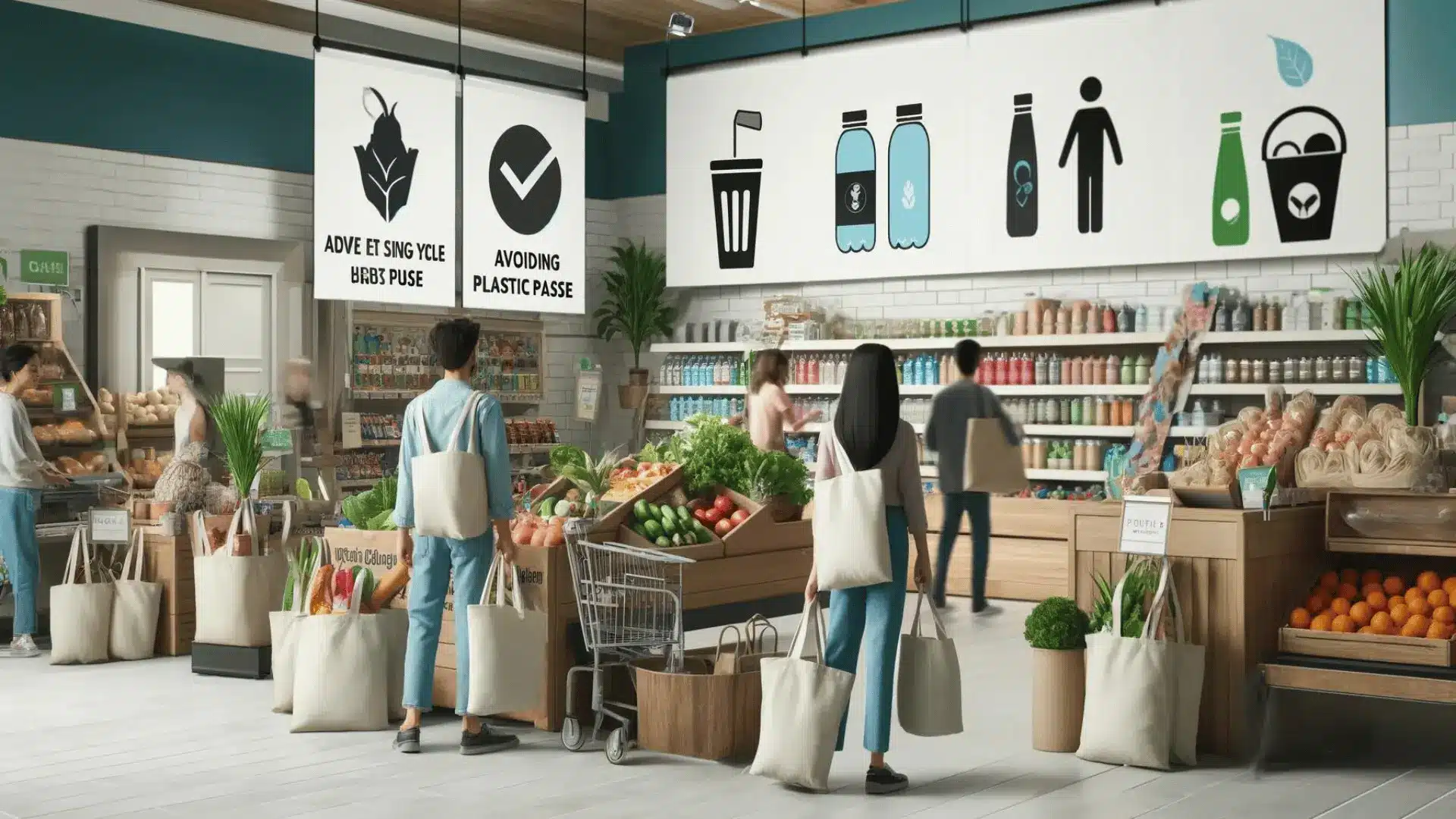
3. Recycle:
Many household items, including soda cans, paper products and certain plastics can be recycled through your local recycling program. Before recycling anything however, always check with your city or town’s guidelines to make sure you’re recycling correctly. Plastic bags aren’t generally accepted by recycling programs, though many stores do have designated drop-off locations for them. An easy way to reduce plastic bag waste altogether would be bringing your own reusable bags from home and using those instead. Upcycling is another excellent way to reduce waste by finding new uses for unwanted items. For instance, you could repurpose an unwanted plastic strawberry container as a planter or desk organizer; buying and donating used clothes instead of throwing them away; turning unwanted T-shirts into dish rags as dish towel replacements instead of buying paper towels etc.
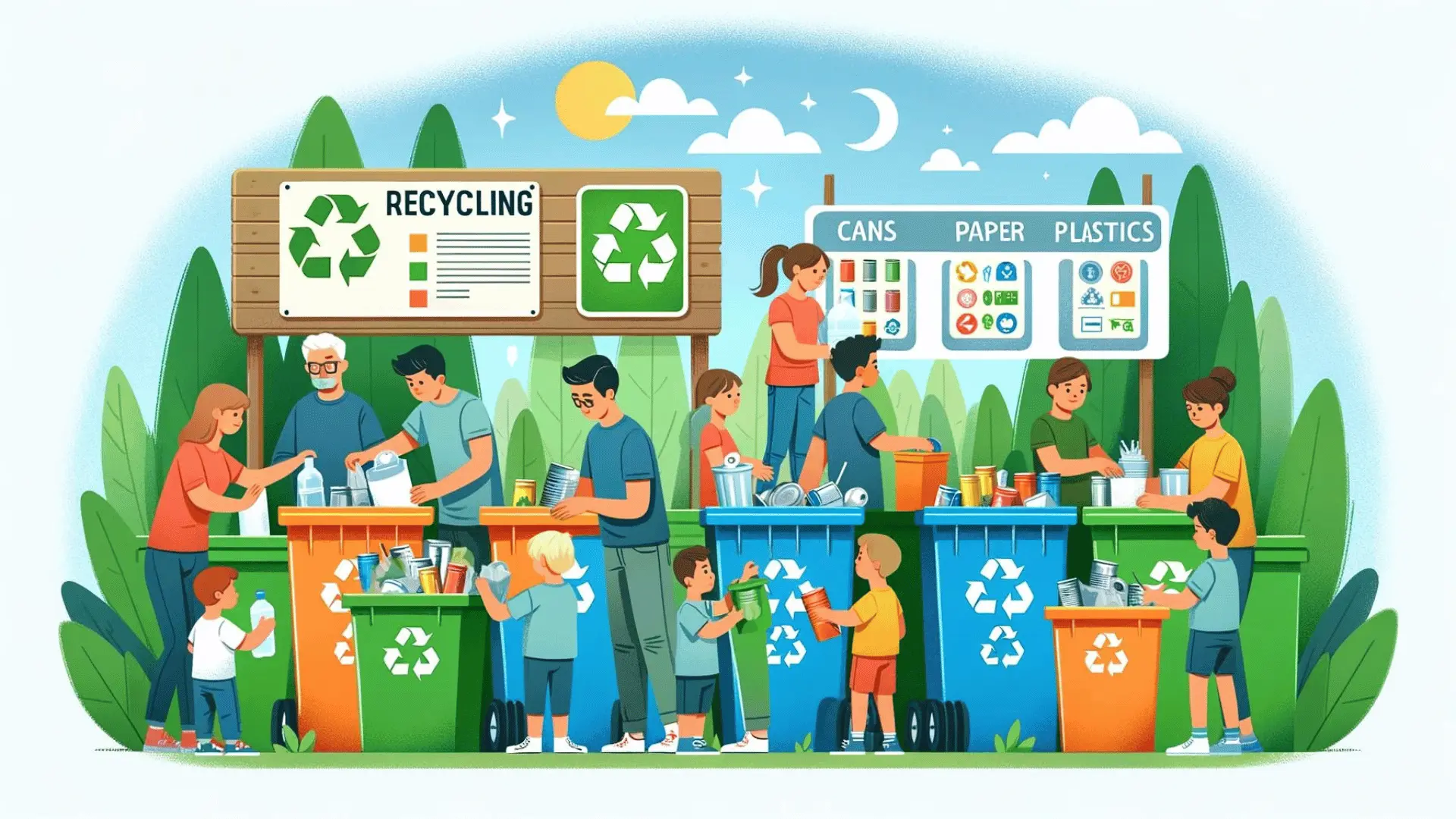
4. Reduce Food Waste
Thirty to 40 percent of the united state food supply ends up as waste, and the largest classification of items that end up in landfills, according to the united state Food & Medication Administration. Not only is that unsafe to the environment (creating methane as it rots in garbage dumps and contributing to climate adjustment), it’s likewise a lost possibility to feed those in need. To help reduce food waste as a private, initial try to restrict looking for just what you require. Composting is an additional reliable means to reduce food waste– rather than throwing out your food scraps, build your very own garden compost bin, hand over at a marked collection website, or participate in your city or town’s program (if available).
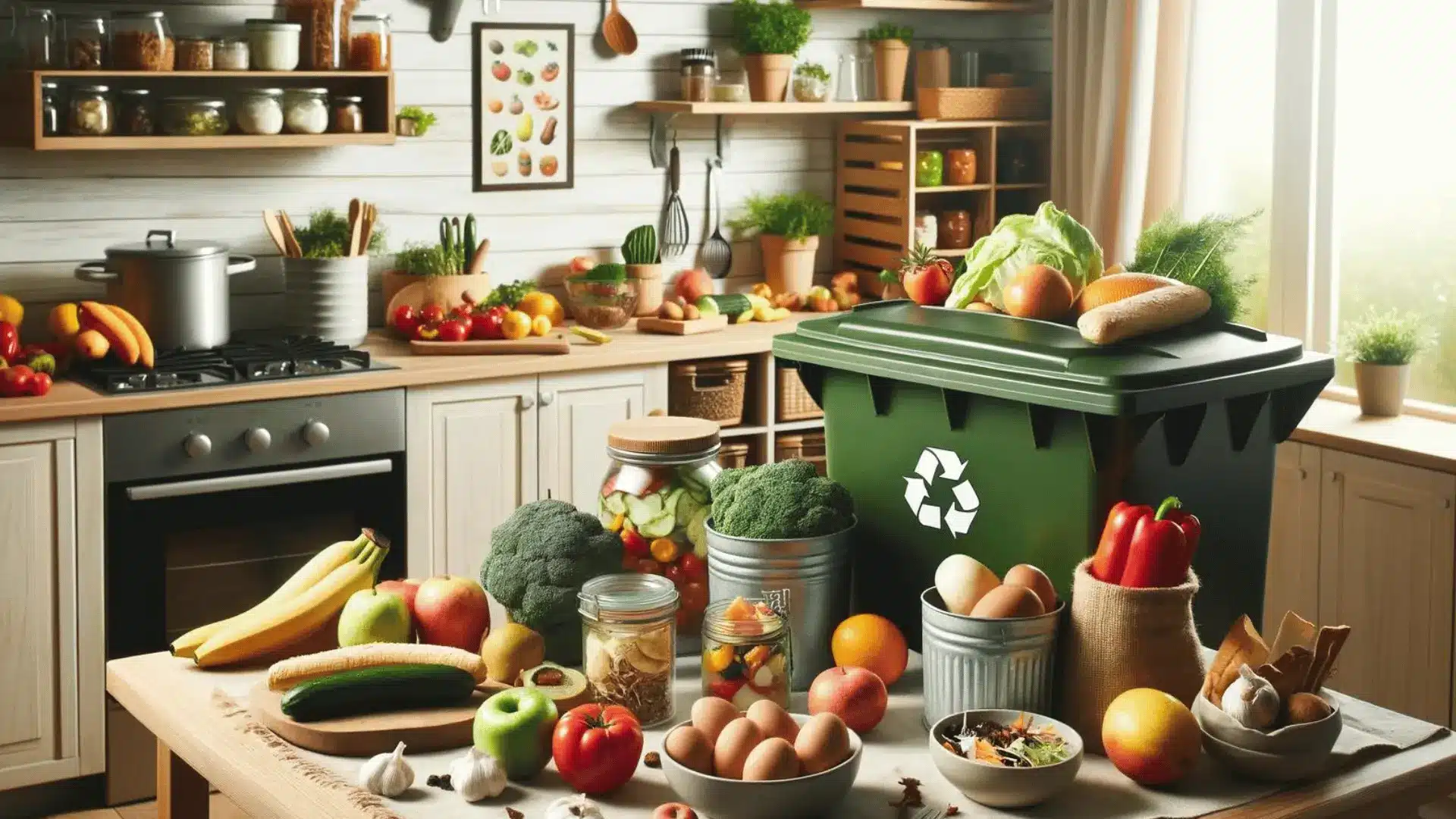
5. Pay Attention to What You Eat
According to Science publication, switching to a vegan or vegan diet can reduce your carbon impact by 73 percent and is among the most effective ways to eliminate environment change. Raising farm animals for intake is one of the lead producers of greenhouse gas exhausts– 30 percent of the Planet’s land is currently made use of for livestock, and manufacturing facilities produce excessively high quantities of greenhouse gasses via energy usage and transport. Livestock farms likewise produce detrimental amounts of laughing gas and methane (the average cow or sheep creates an approximated 250-500 litres of methane per day), which gradually can be far more dangerous to the setting than co2. By changing to a plant-based diet regimen, or perhaps reducing on the amount of meat you consume each week, can aid reduce your very own individual ecological impact.
It’s also important to take into consideration where your food originates from. The food you buy in food store can take a trip hundreds if not countless miles before it reaches your home. By shopping regional– either at farm stands, farmer’s markets, or a community sustained farming (CSA) program– you’re assisting to reduced carbon discharges from delivering those foods, in addition to from non-sustainable farming techniques, and reduce your very own carbon impact. Plus, you’re supporting your neighborhood community. When you go to your regional food store, do some research ahead of time to locate items that join lasting methods. Health food are generally free of chemicals and various other harmful chemicals, and try to find color expanded or bird-friendly coffee brands to assist bird environments. And if you have the area, begin your very own garden and plant a variety of foods and flowers to stimulate a healthy community in your yard.
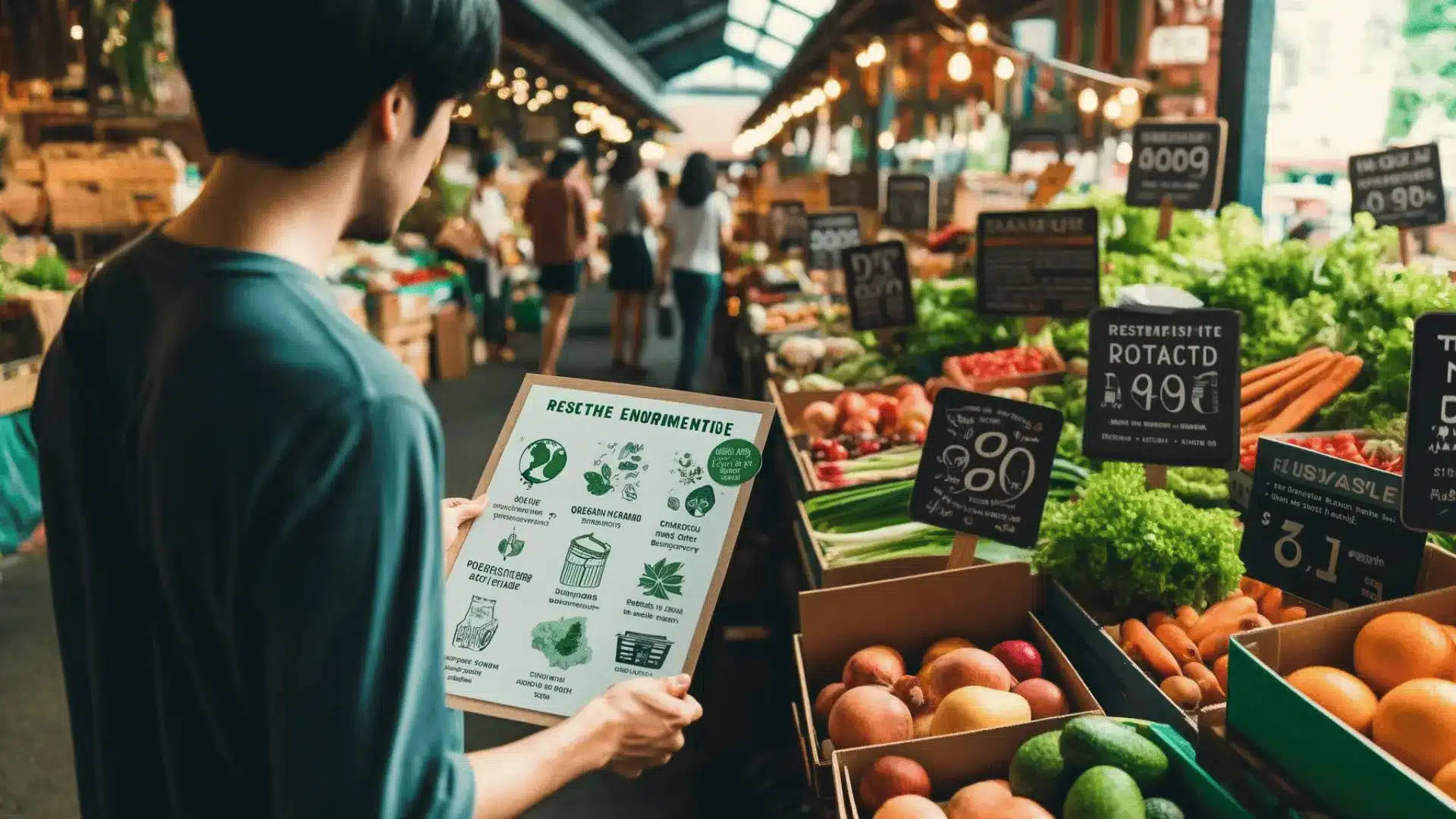
ADVERTISEMENT
6. Conserve Energy in Your Home
Decreasing your electrical energy usage in your home not only reduces your carbon exhausts, it additionally saves you cash.
” A research by a PBS research study team discovered that “over 20 percent of all united state emissions are directly credited to house usage. If you consider indirect discharges (like producing the energy or manufacturing a vehicle), this figure is closer to 80 percent,” Publicover states. “Our options and activities figure out which economic and social activities are awarded and which are punished.”
At AMC, the company prioritizes renewable resource and absolutely no waste at many of its locations. At home, start by determining methods your home to decrease power usage with a do it yourself Energy Audit. After that, established some workable goals for yourself, like lowering your energy by 10 percent throughout a year. Many states enable you to pick your power resource, so contact your energy provider to find out more on how to use renewable resource sources for your home. Various other means to save power consist of turning lights off when you aren’t in the space, disconnecting electronic devices when not in use, or hanging your washing to dry in warmer months as opposed to using a drier.

7. Conserve Water
Only 3 percent of the Earth’s water is freshwater, and less than 1 percent is safe for drinking, according to the united state Bureau of Reclamation. Preserving this natural deposit is vital not only for the health of human beings, pets, and plants, however it’s additionally advantageous for the setting reducing water use conserves power and decreases greenhouse gas emissions required to clean that water. Easy means to conserve water at home include turning off the faucet while brushing your teeth or cleaning dishes, taking much shorter showers, and watering your yard with a watering can as opposed to a tube.
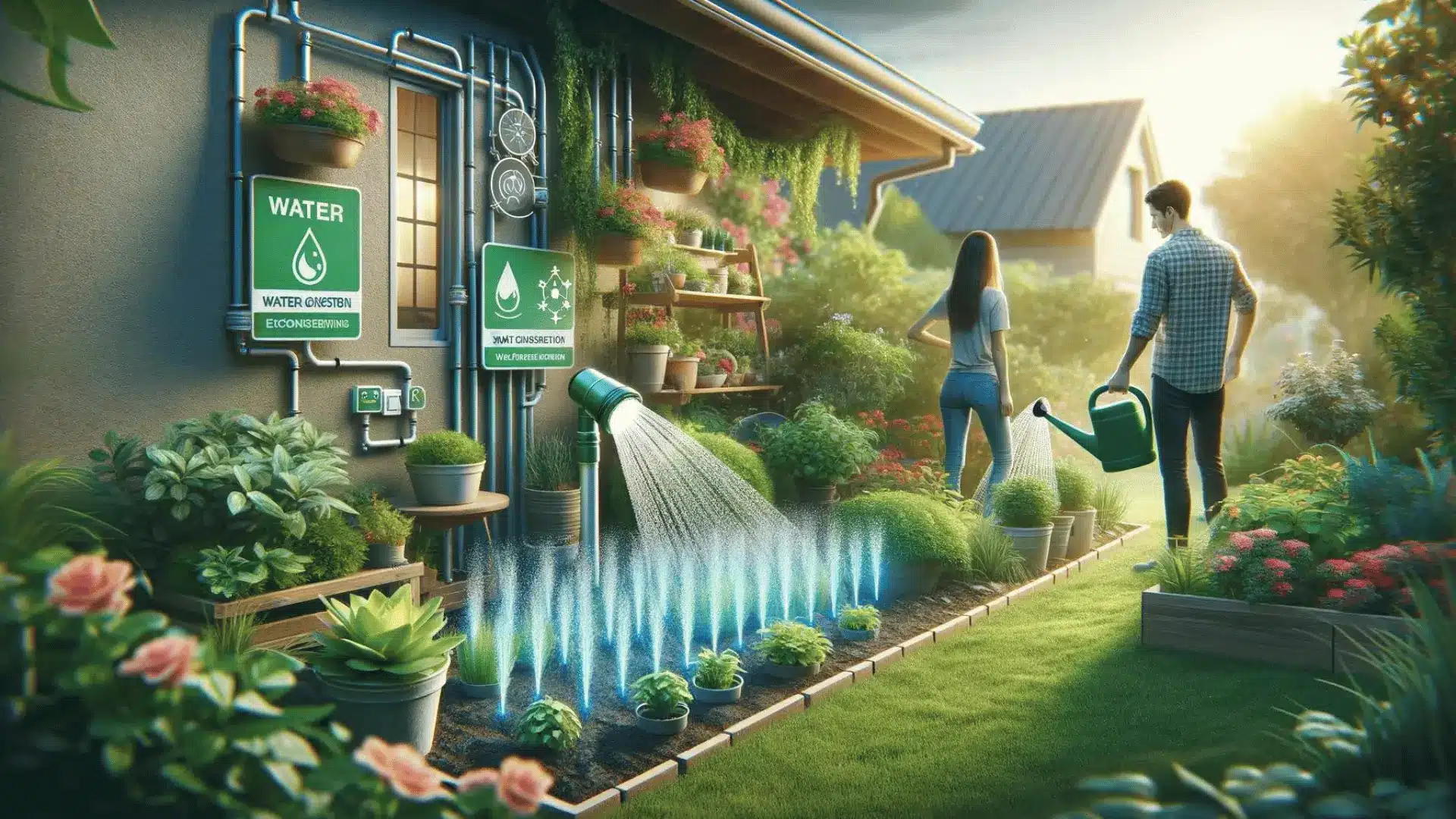
8. Recycle crisp packets
Walkers launched its own crisp package recycling plan in feedback to a 2018 project that saw environmentally mindful crisp fans message product packaging back to Walkers HQ. Save up crisp packages from any kind of brand name, then drop them off at a collection factor. Recycled crisp packets will certainly take place to have a second life as fence blog posts and floor covering.
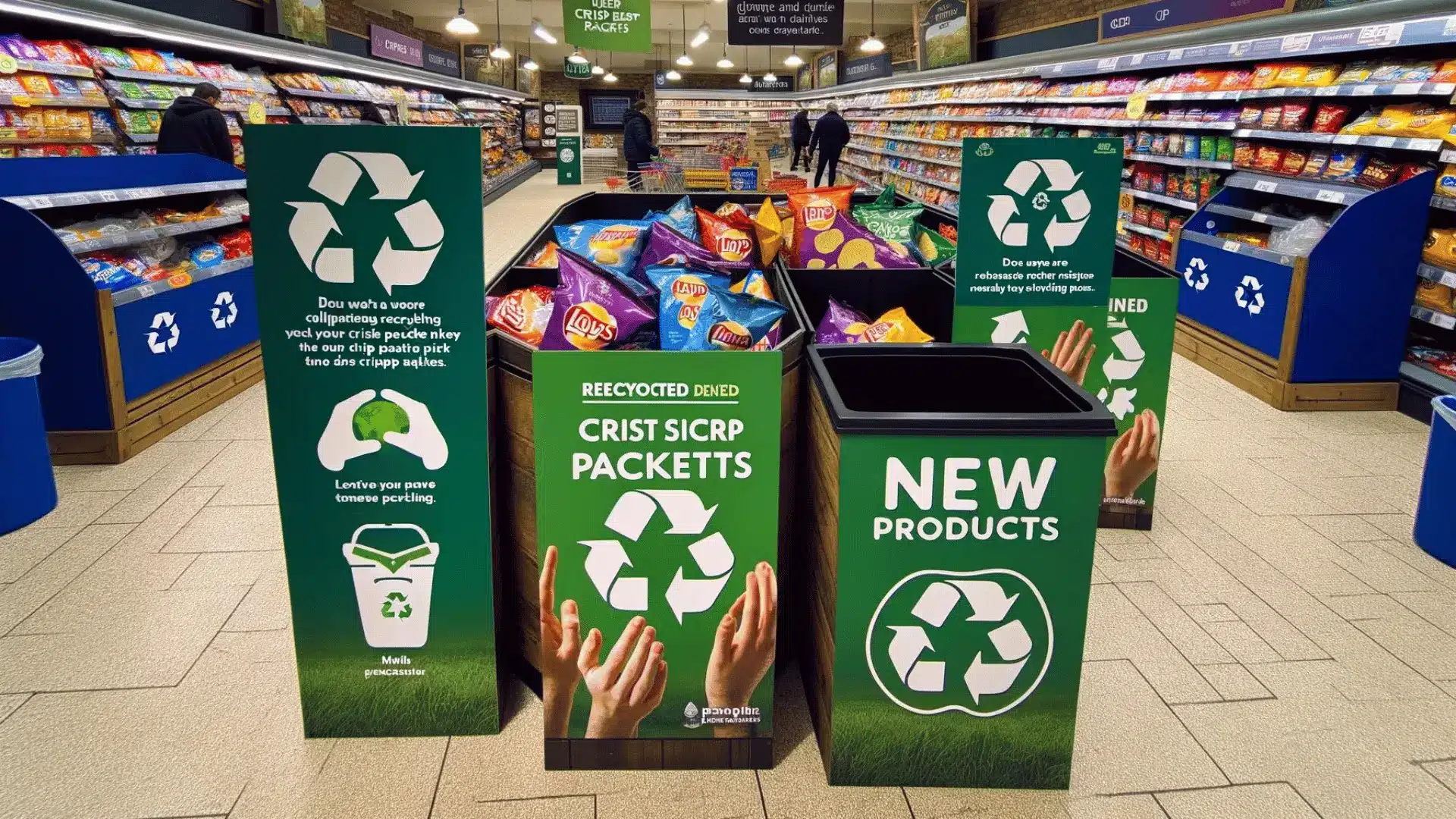
9. Make your own compost
Even if you’ve lowered food waste at home, there will certainly still be some non-edible things such as peelings, stems and leaves that will wind up in your food waste container. Unless, that is, you have a home garden compost container to include them to. Not only will making your own compost help place a few of the components of your kitchen caddy to great usage, it can additionally save you money on bags of compost from the yard centre.
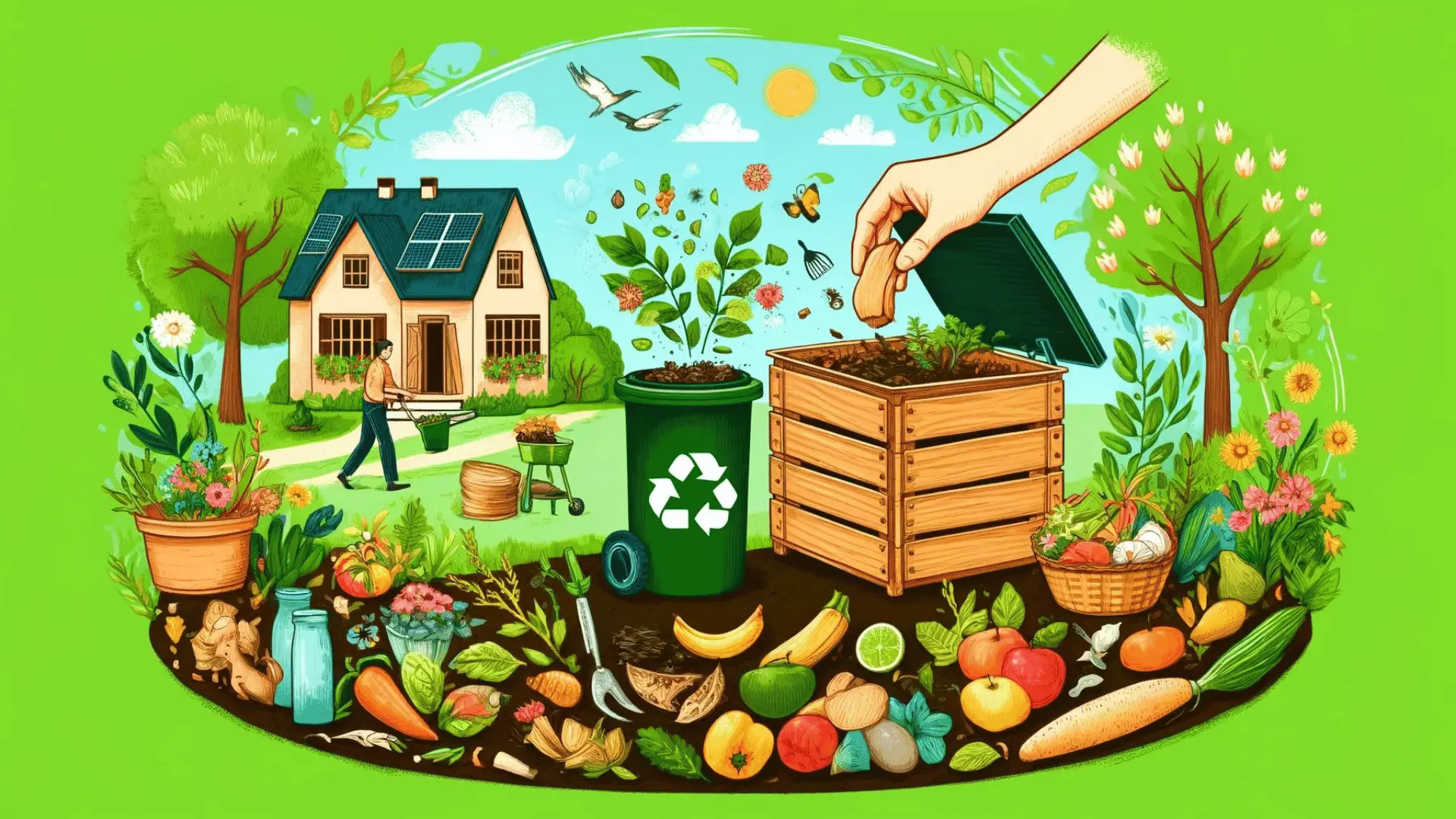
10. avoid palm oil
Hand oil is found in a big range of items, from bread to gelato. However the way it’s farmed has actually been connected to rainforest clearance. Make your voice heard on this concern by switching to palm oil-free items. Diana Ruiz, Greenpeace forest campaigner, clarifies why this will certainly have much more effect than purchasing items with lasting hand oil logo designs: “If you intend to take a stand on hand oil, do not be swayed by sustainability logo designs. These certification schemes have shown to be unreliable. You may be much better off staying clear of products with hand oil up until your much-loved brand names can verify the palm oil hasn’t contributed to deforestation or civils rights abuses.”

11. clogged drains
While powerful liquid drainpipe unblockers are handy in an emergency situation, several are damaging to water life. With a little regular maintenance, however, you should be able avoid having to utilize them frequently. Clear a stubborn drainpipe by pouring 125g of bicarbonate of soda down it adhered to by 125ml vinegar. Cover with a wet fabric, wait 5 minutes, and after that flush with hot water. To maintain sinks and basins draining easily, put a cup of soda crystals down the plughole on a regular basis, then flush with boiling water.
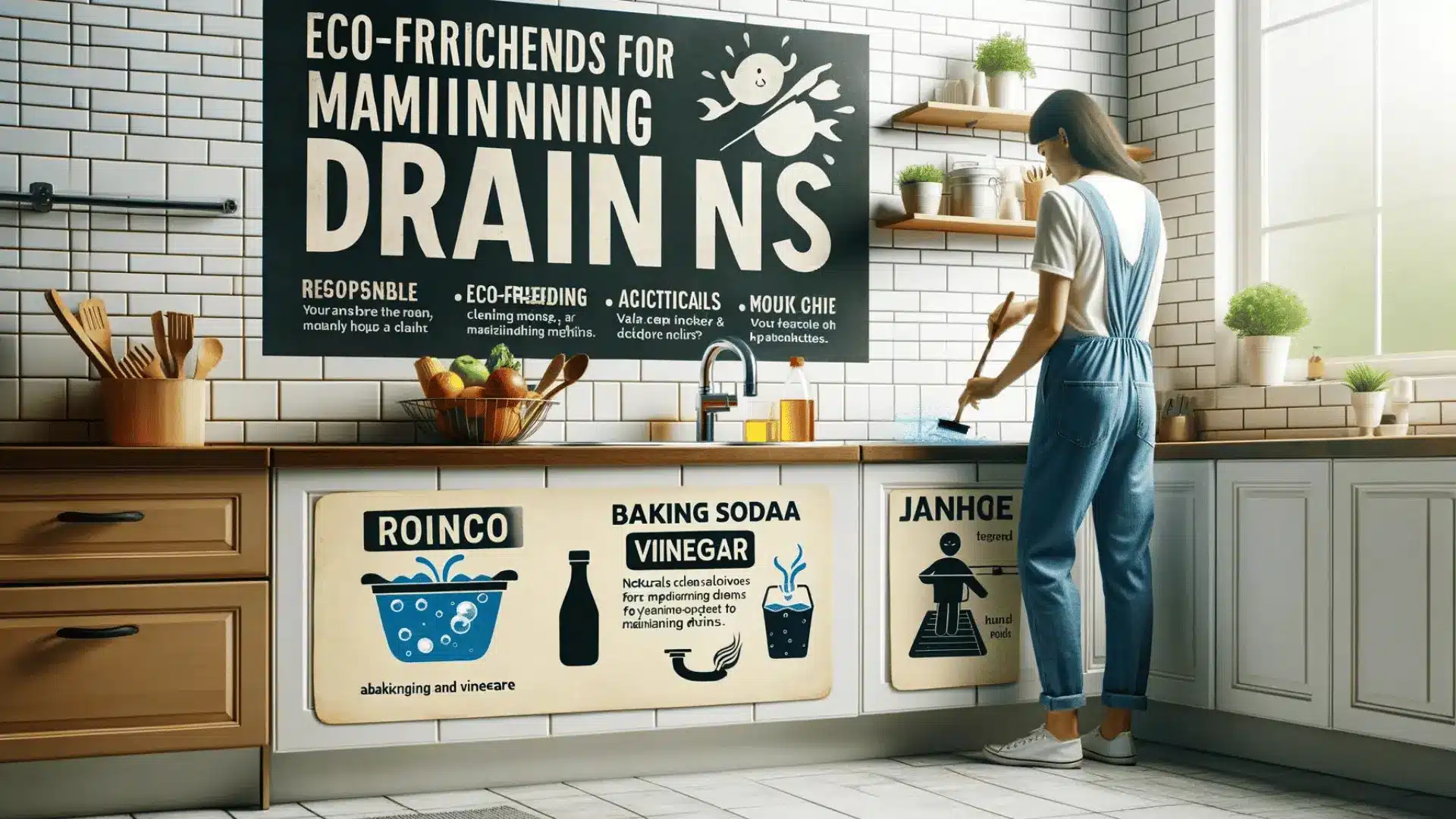
ADVERTISEMENT
12. measure your carbon footprint
If you’re attempting to minimize your carbon impact (the amount of carbon dioxide exhausts your lifestyle produces), there’s a growing variety of apps that can assist you. Attempt the AWorld application, WWF’s Impact and the Carbonfootprint calculator to assist you keep tabs on just how you’re doing and make higher financial savings.
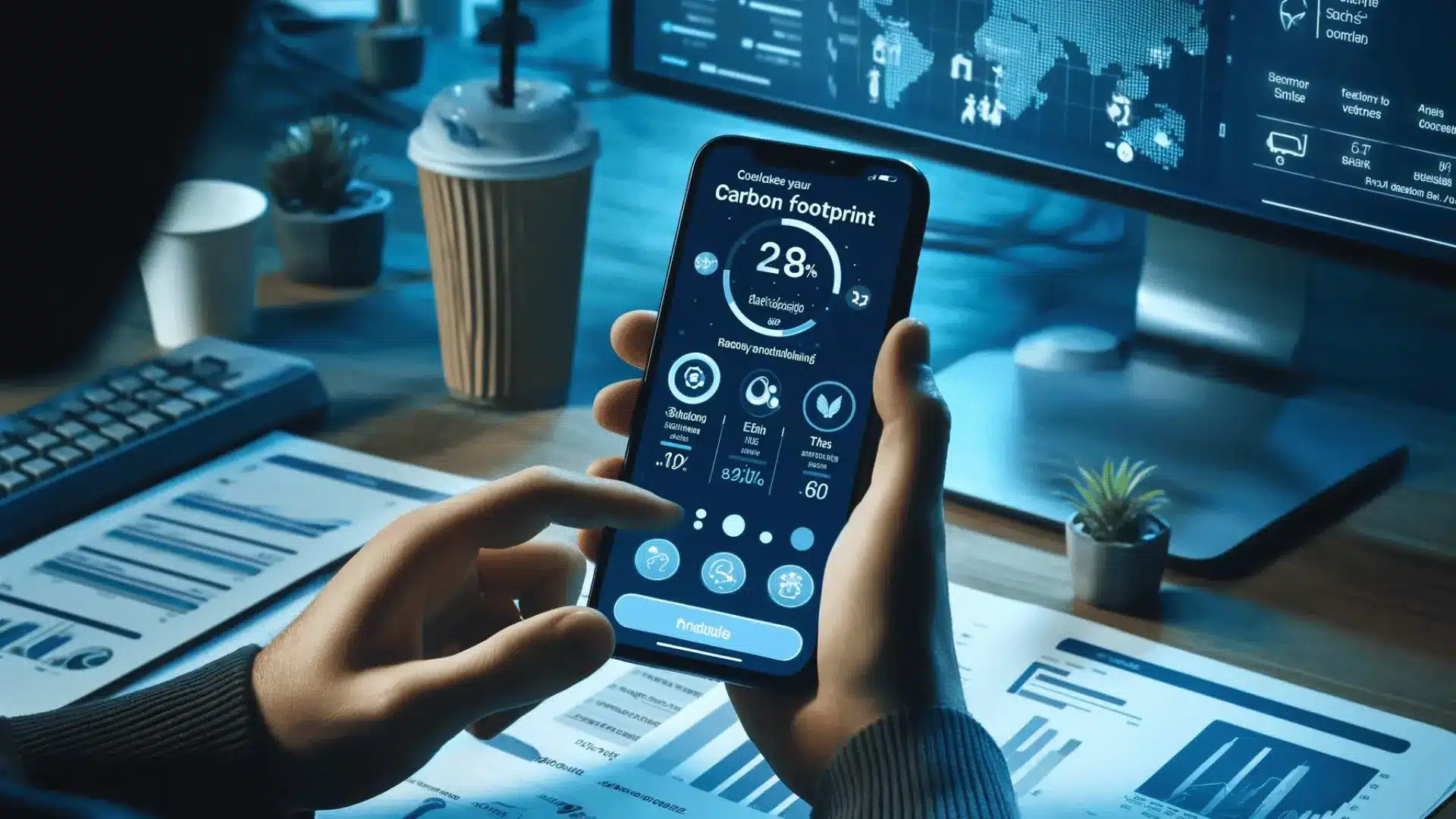
13. portion calculator
Recognizing the specific quantities of components you need for a meal can avoid unneeded food waste. This portion calculator from Love Food Hate Waste indicates you will not need to guesstimate section dimensions so you won’t get or prepare more than you need. Simply appear the food you’re cooking and the number of portions.

14. green period
The Women’s Atmosphere Network has actually found that your duration product of selection could be up to 90 percent plastic, which is equivalent to four plastic shopping bags in just one pad. Over a lifetime, that’s a tremendous 44,000 plastic bags worth of period-related-plastic-waste per person. The option? Usage compostable natural cotton tampons and pads, reusable menstrual cups, period trousers and pads, or even Dame’s multiple-use tampon applicator.

15. install a smart meter
Over 22 million families have actually wise meters installed, enabling them to have their meter readings sent out to them immediately. It’s a simple means to monitor your energy use and make even more energy-efficient options. Most importantly, it’s completely totally free!

16. invest in the future
By avoiding banks that purchase the fossil fuel market, you can utilize your cost savings to safeguard the earth. Moral financial institutions such as Triodos Bank, Ecology Building Society, Charity Financial Institution, The Co-operative Financial Institution and Dependence Financial institution do not spend your money into oil, coal or gas sectors. Positioning your money in an ethical mutual fund will certainly likewise enable your savings to add in the direction of taking care of the earth.

17. Refill, refill, refill
It’s much easier than you might believe to lower plastic during your food shop. Bringing refillable containers to a zero-waste store enables you to purchase dried goods like coffee, nuts and seasonings without the unnecessary product packaging. The Refill Application can assist you scope out plastic-free fruit and vegetables in your area. No zero-waste stores near you? Leading grocery stores are doing the same – Asda, Sainsbury’s, Waitrose and M&S have actually included refill terminals to some of their branches, and lots of mainstream supermarkets, including Tesco, will put food from in-store counters into refillable containers you supply.
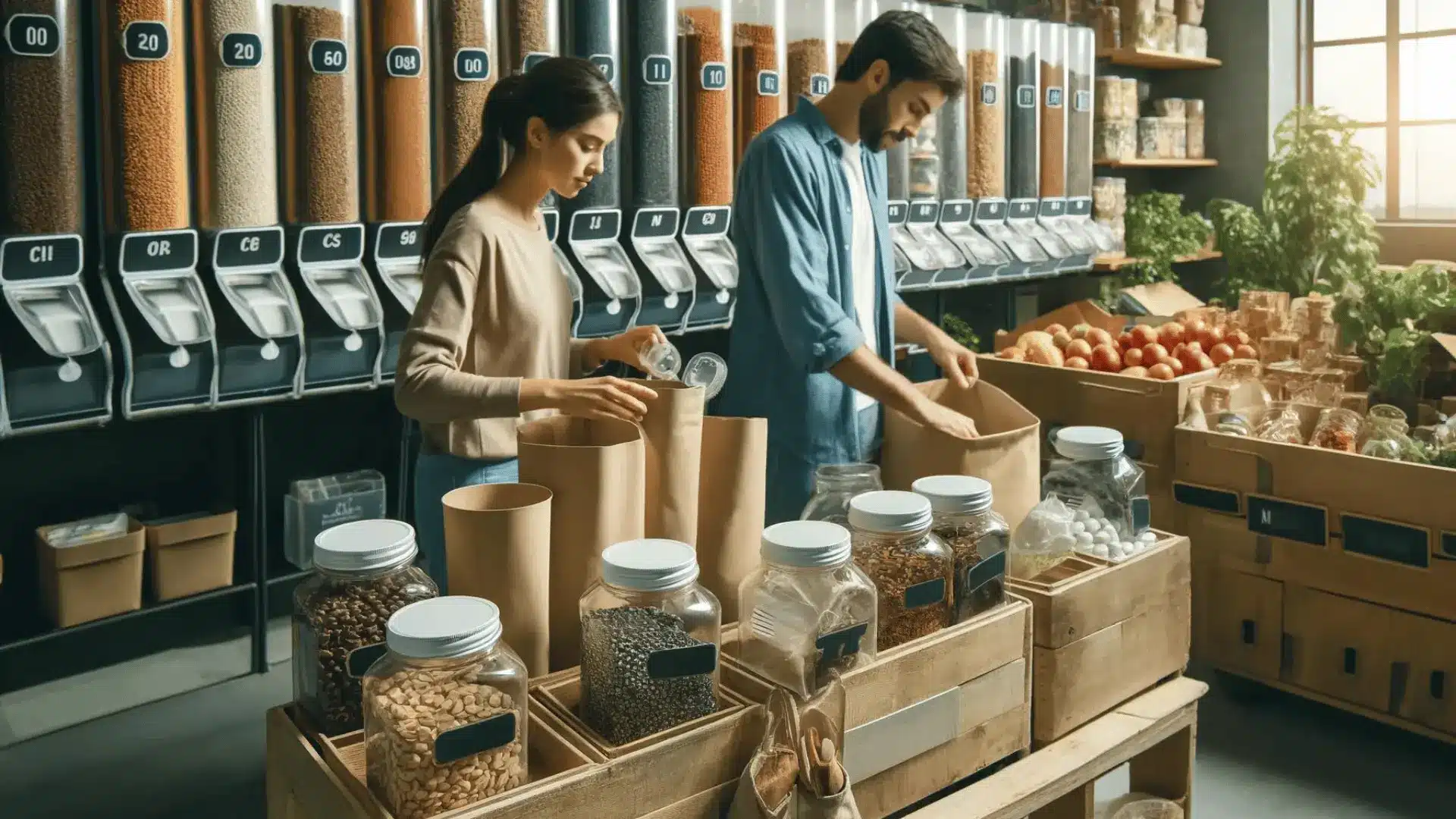
ADVERTISEMENT
18. buy local
From food to furniture, every product racks up a higher carbon footprint the further it travels. So if you’re going to the shops, why not walk to and from a local farmers’ market, antique store or independent clothes shop? This is a great way to gtet exercise in, lower your carbon footprint and support smalleer local businesses.
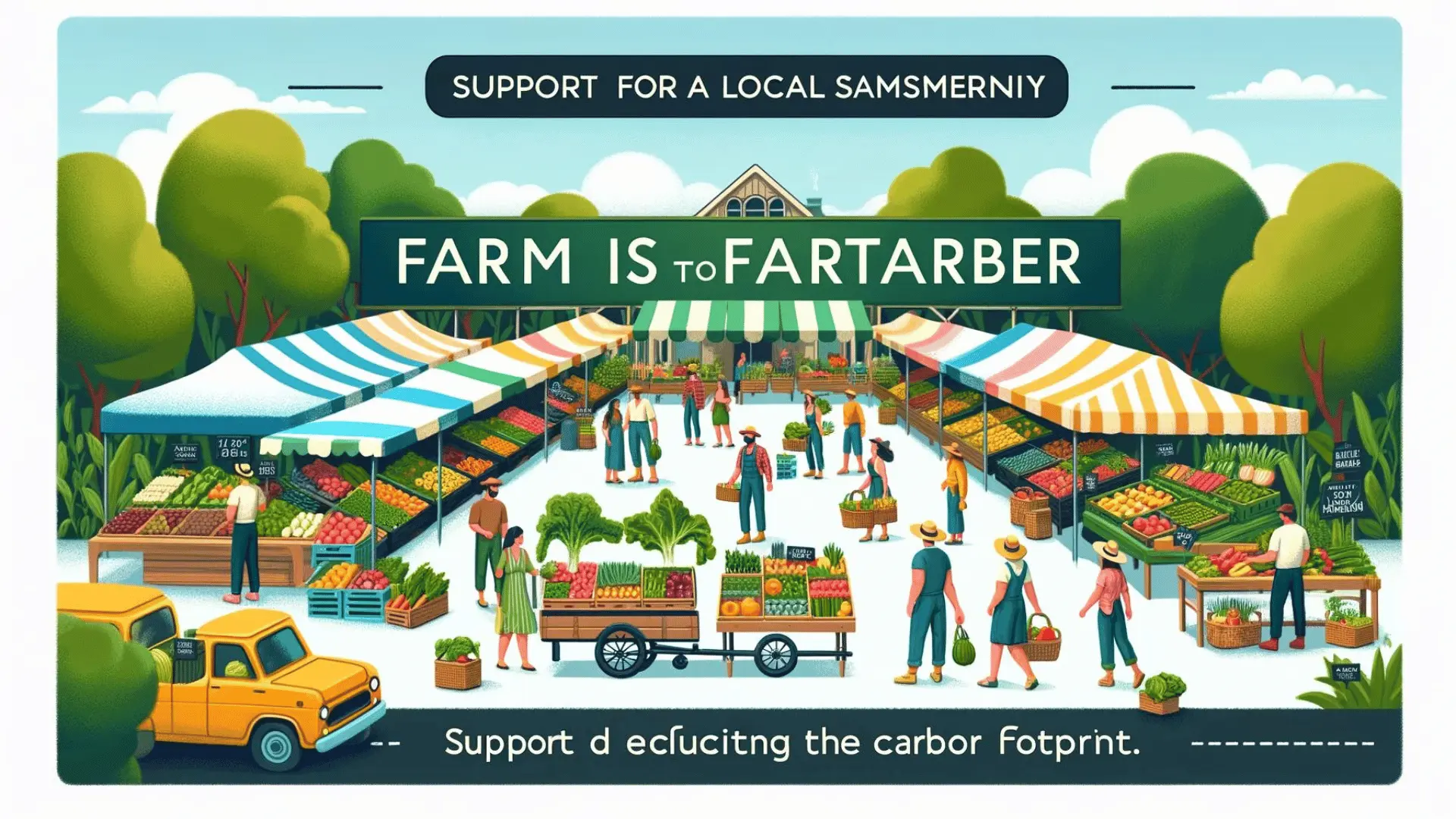
19. Buying used, upcycled, refurbished and vintage clothes
Clothing manufacturing has a significant impact on the atmosphere, with a set of jeans commonly utilizing virtually 1,800 gallons of water to produce! Waste Less Real-time Even more recommend that putting on something for an added nine months can lower its carbon footprint by up to a third.
Luckily, there are lots of excellent options for obtaining your hands on made use of and vintage garments. Come to be familiarized with your regional charity and antique shops and even have a garments swap with a good friend. ASOS Industry, Depop and eBay are excellent platforms for surfing vintage collections, enabling you to support smaller sized stores and emerging services.

20. plan meals
Instead of filling your refrigerator with food things you’ll forget till they’re out of day, plan your dishes for the week prior to you do the once a week shop so you just purchase what you require. If you find yourself with a glut of fresh food, prioritise using up things that will certainly head out of date first to reduce waste.
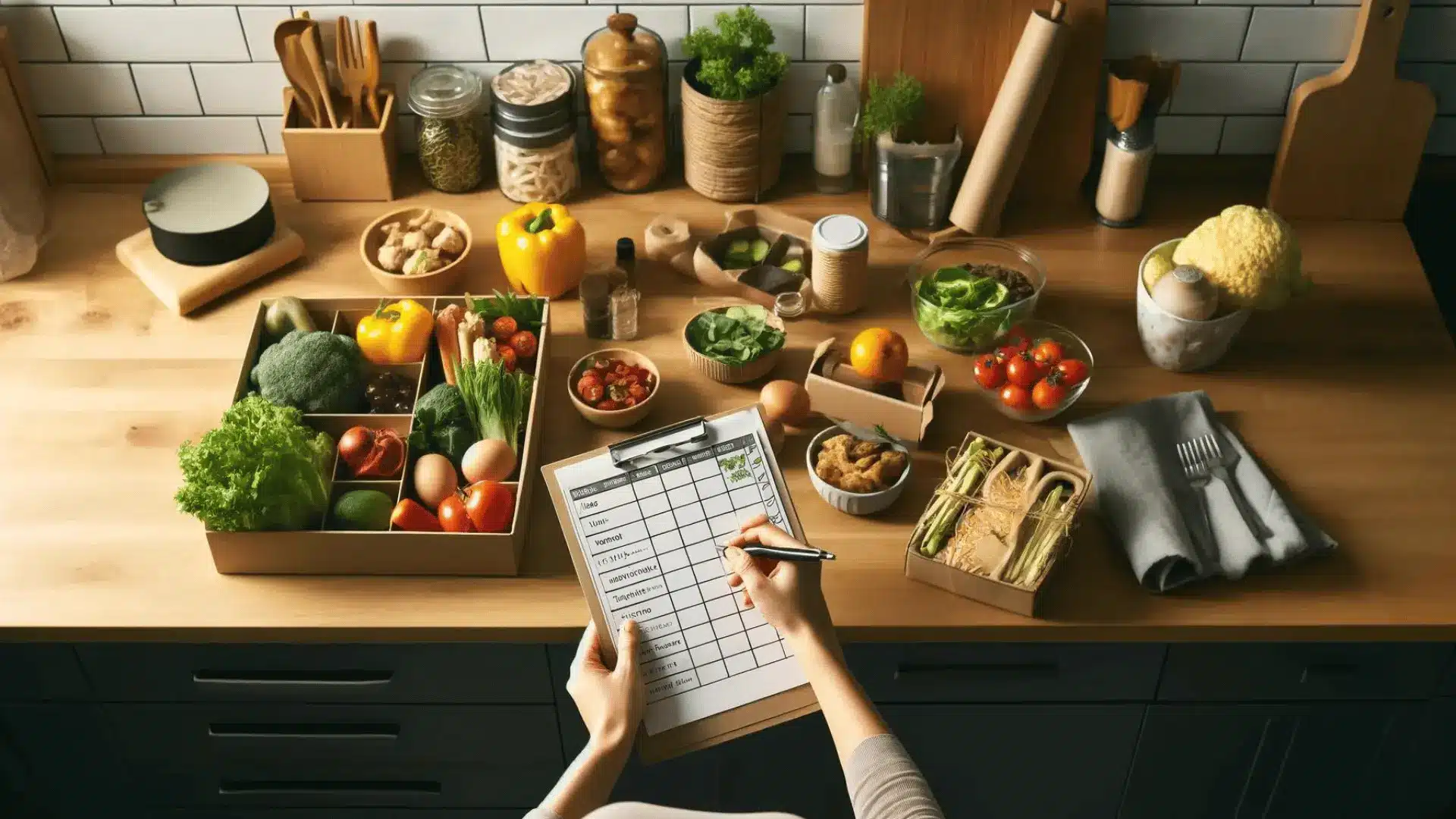
21. Buy better, buy less
Over fifty percent of GH readers (57 per cent) say they purchase points they assume will last much longer, even if they cost a bit much more. Considering the durability of the important things we get can help in reducing waste and means that resources aren’t used up making brand-new products to replace ones that come to the end of their serviceable life earlier than they should.

22. turn off lights
So obvious but so very easy to forget! By shutting off lights when you’re not in a space you could conserve around ₤ 14 a year on electrical energy, according to the Power Conserving Trust.

ADVERTISEMENT


